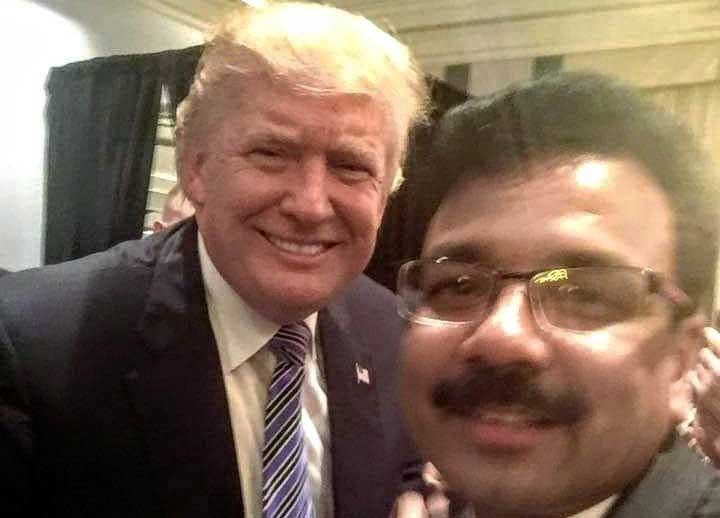
Raju Chinthala, the Founder and President of the Indiana India Business Council, and a dedicated advocate for US-India relations, writes a special column for Deccan Mirror supporting policies that prioritize America’s interests while fostering global partnerships.

As President-elect Donald Trump prepares to take the oath of office on January 20, 2025, his call for “reciprocal” tariffs marks a bold step toward leveling the playing field in international trade. Highlighting high import duties imposed by countries like India and Brazil, Trump’s focus on fairness and reciprocity aims to protect American interests and ensure equitable trade practices that benefit US businesses and workers.
Putting America First
President-elect Trump’s emphasis on reciprocal tariffs underscores his commitment to putting American businesses first. India, a key US trading partner, imposes some of the world’s highest tariffs on goods like automobiles, agricultural products, and medical devices. For example, India’s tariff on US motorcycles can reach up to 100%, while American farmers face steep duties on pecans and apples.
“If they tax us, we tax them the same,” Trump stated, reflecting a clear vision of fairness in trade that resonates with the American people. His administration’s push for reciprocity aligns with the broader goal of rebuilding the US economy and reducing the trade deficit, including the $44 billion imbalance with India.
A Stronger US-India Trade Partnership
While reciprocal tariffs may introduce short-term challenges, they also create an opportunity to redefine US-India trade relations for the better. India is not only the United States’ largest trading partner but also a vital ally in maintaining global stability. A recalibrated partnership focused on mutual respect and fairness can strengthen this bond, benefiting both economies.
The Case for a Balanced Trade Agreement
As the Founder and President of the Indiana India Business Council, I believe a comprehensive trade agreement is the key to achieving a win-win scenario for both nations. Such an agreement should prioritize:
Reducing Tariffs: Lowering India’s tariffs on US goods, including agricultural products and medical devices, while addressing American tariffs on Indian goods like steel and textiles.
Promoting Services Trade: Streamlining visa policies for skilled Indian workers and removing digital services taxes that impact American tech firms.
Enhancing Defense Cooperation: Expanding US-India collaboration on defense technologies, aligning with our shared geopolitical goals.
Supporting American Farmers and Businesses: Providing better market access for US goods in India, creating jobs and opportunities for American workers.
Standing Strong Together
The US-India partnership is about more than trade. It is a critical component of our shared vision for a free and open Indo-Pacific. By strengthening economic ties, we can counter growing regional challenges and build a future rooted in mutual prosperity and respect.
Conclusion
As President Trump assumes office, his focus on reciprocal tariffs sends a powerful message: the United States will not tolerate unfair trade practices anymore. This approach is not about isolating allies like India but about fostering stronger, more equitable relationships that uphold American values and interests.
Together, the United States and India can create a trade framework that benefits both nations while championing fairness, opportunity, and prosperity.